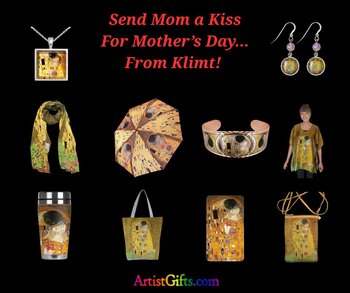by Carolyn Edlund
A conversation on what artists and photographers have to offer the corporate market, and how to compete.

Danny Murray
I recently had a conversation with Danny Murray, Founder and owner of ArtVogue, a consultancy based near London which supplies art and in particular, fine photography, to the corporate world and leisure industries. ArtVogue sells both originals and prints.
Murray described his clientele. “In general terms we work on behalf of our artists to develop relationships with corporate buyers as well as restaurants and hotels,” he said. “However, even ‘care homes’ are a significant part of our business, and tend to be popular because the population is aging. Wherever you look, there is an application for high quality art.”
ArtVogue is a new company, just fifteen months old, but Murray has plans already to expand. “I feel that in some ways the concept we’ve got currently is a little hotel-oriented, a little ‘safe.’ But we don’t want to stay too safe, we want to be able to offer other opportunities, too.”

“I’m meeting with a few photographers whose work involves a bit of nudity – nothing graphic, though, very tastefully done. Would that fit inside a corporate environment? Probably not. I feel there is a demand so that in perhaps five years we may approach the domestic market as well and be able to cross over into it, to the artist’s benefit.”
ArtVogue’s foray into that domestic market “would have the same look and feel, with ‘in situ’ pictures to help people have that journey, the experience of what the art would look like in their homes. To attack the high-end domestic market, we would need to offer clean, stylish looks in artwork.”
And what are corporate clients looking for?
“Something that is in keeping with their environment,” he explained. “For example, there is a hospital that we are in process on. Everything there is very landscape-oriented, lots of nature, the obvious imagery. On the opposite side of that, we are doing a residential complex. They are very urban. The art reflects their setting – buildings, the city of London. They want cityscapes, because that is in keeping with their situation.”
What does he suggest to artists who want to appeal to certain markets?
“I tell artists that if I can sell their existing artwork, that’s fantastic,” he said, “If I can get a company interested in their style of work and get them to commission something tailored for their brand and their organization, then that is great for both the artist and the corporation. The client will probably want something that reinforces their brand, such as certain colors, or their brand identity. The artist has the chance to be creative, but with a little bit of guidance.”

“So I think it’s open-ended,” he continued. “You would be hard-pressed to find an artist who would match a particular organization or building. You would need to be able to have a creative freedom that artists ultimately want, and give them the reins but with some input. For example, a hotel may love your artwork but they want something a little bit around their brand, their colors and their setting. That’s my focus.”
Representation is key to gaining this type of sale. “Artists don’t want to go out and sell themselves,” said Murray. “They want you to go out there for them, make the sale. It is slightly easier for me to go out and promote an artist and say, ‘Look, this artist is up and coming, their work is fantastic.’ I can hopefully go out and get commission work for the artist.”
His best advice to develop your work for any market?
“Artists or photographers, even if they are new and have only been working for a few years, can be very good at what they do. I tell people: Know what you are good at. Play to your strengths. Specialize – don’t dilute what it is that you do well.”
ArtVogue also acts as a licensing agency for artists.
“Our company offers artists 15% of the net sales of their work, which equates to 30% of profit, which is higher than the standard,” said Murray. “We have a clean, straightforward way of working that is very transparent to the artist or photographer. They can see how much the client is invoiced.”
He emphasized the relationship in building partnerships with creatives. “I consider our work with artists to be a collaboration,” he said, “We build a long-term strategy for the artist, to get them working on their own projects. We are very selective, and at this time work with artists in the UK, Europe, and even far afield, with photographers from Brazil and Iran. I have also approached a few American and Canadian artists. We very open to working with highly professional photographers and artists across the pond.”


So much good information in this conversation. ArtVogue’s perspective is spot-on.
Hurray. Someone has captured exactly what the market needs and what serious artists want!
The middle man/woman is critical and has to be astute in all ways….not only an art critic/curator but
also an economic and political systems analyst of sorts. This fellow sounds as if he had the right
stuff! I’d love to have my art considered and the opportunity to do what I do in my own home
and summer cabin…create to site but never losing my unique voice.
The interview was making lots of sense to me until he came to the part about offering the artist 15% of the net sale. How is that in the artist’s best interests?
Hi Paul
Thank you for your comment.
Just to clarify that section of the interview was with regards to the licensing of photographers images, 15% of net sale. As far as artists selling their original or printed artwork, ArtVogue offers a commission rate that is very competitive within the marketplace.
Thanks again for your comment and please let us know if you have any more questions.
Kind regards
Danny Murray
If an artist wanted to submit work for representation with your company, how do they do that? There aren’t any guidelines on your site for submission. Is that because you aren’t taking submissions right now?
Hi Joyce
Please contact info@artvogue.co.uk
Thank you
very interesting article, I will email my detail for your consideration – best ashar